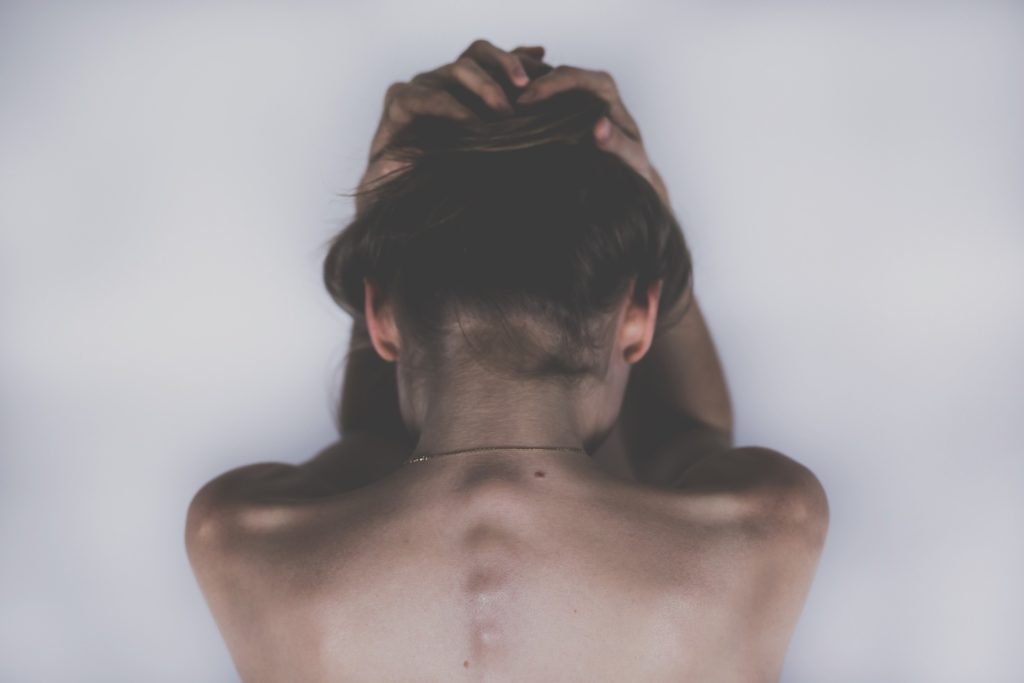Fibroids and endometriosis are two common health conditions that affect women of reproductive age. These conditions can cause a variety of symptoms, ranging from pain and discomfort to infertility. In this article, we will explore the causes, symptoms, and best treatments for both fibroids and endometriosis. We will also compare the two conditions and discuss what is worse, fibroids or endometriosis. Finally, we will talk about the importance of diet and ultrasound in diagnosing and managing these conditions.
Fibroids and Endometriosis: An Overview
Fibroids are non-cancerous tumors that grow in the uterus. They can range in size from a pea to a watermelon and can cause a variety of symptoms, including heavy bleeding, pain during sex, and infertility. Endometriosis is a condition in which the tissue that normally lines the inside of the uterus grows outside of it, causing pain and infertility. Both fibroids and endometriosis are more common in women who have not had children and in women who have a family history of the conditions.

The Causes of Fibroids and Endometriosis
The exact causes of fibroids and endometriosis are unknown, but a number of factors are believed to contribute to their development. These include genetics, hormonal imbalances, and environmental factors such as exposure to environmental toxins. Additionally, both conditions are more common in women who have not had children and in women who have a family history of the conditions.
The Symptoms of Fibroids and Endometriosis
The symptoms of fibroids and endometriosis can vary depending on the size and location of the growths. Common symptoms of fibroids include heavy bleeding, pain during sex, and infertility. Endometriosis can cause pain in the pelvis and lower back, heavy bleeding, and infertility.
Which is Worse: Fibroids or Endometriosis?
The answer to this question depends on a number of factors, including the size and location of the growths, the severity of symptoms, and the age of the patient. Fibroids can be more painful and disruptive to a woman’s life than endometriosis if they are large and located near sensitive tissues. On the other hand, endometriosis can be more debilitating if it affects the ovaries and causes severe pain during ovulation. Ultimately, the severity of symptoms and the impact on a woman’s life will depend on the individual case and the patient’s personal experience.
The Best Treatments for Fibroids and Endometriosis
The best treatments for fibroids and endometriosis will depend on the severity of symptoms and the size and location of the growths. In some cases, a simple change in diet or the use of over-the-counter pain relievers may be enough to manage symptoms. In more severe cases, surgery may be necessary to remove the growths and alleviate symptoms.
For fibroids, the most common surgical treatment is a hysterectomy, which is the removal of the uterus. In some cases, a myomectomy, which is the removal of the fibroids, may be possible. Other treatments for fibroids include hormonal therapy, such as birth control pills, and ultrasound-guided ablation, which uses high-energy sound waves to destroy the fibroids.
For endometriosis, the most common surgical treatment is a laparoscopy, which is a minimally invasive surgery that uses a small incision to remove the endometrial growth

How To Naturally Shrink Fibroids: What Really Works?<
Uterine fibroids can be a distressing condition, causing pain, heavy periods, and fertility issues. Many women seek natural solutions to avoid invasive treatments. While every case is unique, research and anecdotal evidence suggest that lifestyle changes, dietary modifications, and herbal supplements can make a difference. Below are some of the most effective natural ways to […]
5 Foods To Avoid To Reduce Uterine Fibroids
Uterine fibroids are a common health concern among women, often leading to heavy bleeding, pelvic pain, and fertility issues. While the exact cause remains unclear, research suggests that diet plays a crucial role in fibroid management. Here are five foods to avoid if you want to reduce your risk and symptoms. 1. Processed Meats Processed […]
Fibroids And Exercise: What’s The Best Workout Plan?
Exercise is not just beneficial for weight loss—it also plays a crucial role in **hormonal balance, inflammation control, and improved circulation**, all of which can influence fibroid growth. But not all workouts are created equal when dealing with fibroids. Why Exercise Matters for Fibroids Regular physical activity helps manage fibroids by: Regulating Estrogen Levels: Exercise […]
Green Tea And Fibroids: Can It Help Shrink Tumors?<
Green tea has been consumed for centuries due to its numerous health benefits, but recent studies suggest it may also help **shrink fibroids**. The key lies in its high content of **epigallocatechin gallate (EGCG)**, a powerful antioxidant with anti-inflammatory and anti-estrogenic properties. How Does Green Tea Help with Fibroids? Research indicates that green tea can […]
